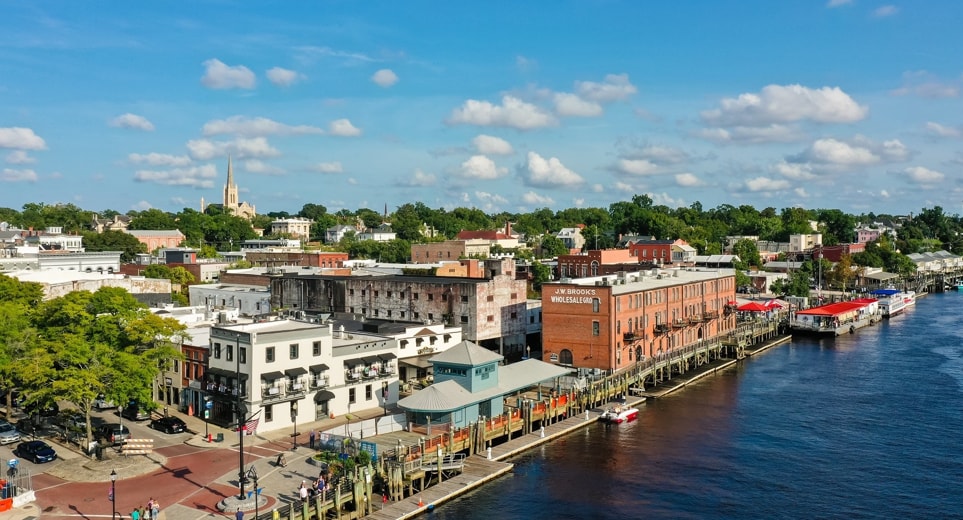Beyond the Signposts: The Unspoken Commercial Renaissance of Dartford’s Wilmington
Wilmington doesn’t shout. It doesn’t wave a banner or flood you with footfall stats. In fact, if you weren’t paying attention, you might dismiss it entirely — just another patch of Kentish green tucked between Dartford’s familiar landmarks. But Wilmington is no longer just a quiet suburb; it’s becoming one of the most quietly strategic commercial zones in Dartford — and not in the ways most expect.
Where Business Isn’t Loud, But Smart
Here’s the twist: Dartford Wilmington isn’t carving space for mega-retail complexes or sprawling office parks. Instead, it’s becoming a micro-hub for intelligent business operations. Remote-first companies are leasing converted barns. Wellness startups are buying period properties with garden studios. Craftspeople and specialist manufacturers are operating behind Georgian frontages. It’s niche commerce — and it’s booming beneath the radar.
Adaptive Architecture: Reimagining What ‘Commercial Space’ Looks Like
Forget the glassy towers and steel scaffolds of conventional commercial districts. Wilmington is rewriting that script. Its growth is about adaptive reuse — transforming old chapels into design studios, stables into co-working lofts, and garages into micro-distilleries. These are spaces that breathe history while humming with productivity. This blending of form, function, and familiarity has created an entirely unique commercial aesthetic: Kentish rustic meets digital-era sophistication.
The Strategic Value of the ‘Invisible Middle’
Wilmington sits in a logistical sweet spot — just far enough from Central London to avoid capital premiums, yet close enough to tap into its workforce, clients, and infrastructure. The A2 and M25 border it discreetly, offering direct arterial connections for goods, services, and professionals. In many ways, Wilmington benefits from being in-between — between urban and rural, London and Kent, high streets and hidden lanes.
Who’s Moving In — And Why They’re Skipping Shoreditch
A quiet migration is taking place: sustainability-led businesses, creative tech outfits, hybrid wellness brands, and education-focused consultancies are choosing Wilmington not just for space, but for identity. They want somewhere with character, affordability, and peace — a place where work and life aren’t forced into false dichotomy. Wilmington offers authenticity in a market saturated with hyper-urban sameness.
Planning, Policy, and the New Frontier of Local Enterprise
The Dartford Borough Council has begun to recognise Wilmington’s unique commercial potential — not by forcing high-rise development, but by supporting homegrown enterprise, streamlining change-of-use policies, and encouraging flexible commercial conversion of heritage structures. There’s an emerging tension — but also synergy — between preservation and innovation. It’s in this balancing act that Wilmington’s commercial distinctiveness thrives.
Challenges That Make It Stronger
Wilmington isn’t without growing pains. Parking constraints, broadband upgrades, and zoning complexities still challenge incoming businesses. But these hurdles are shaping smarter, more resilient business models. Companies here learn to be lean, locally integrated, and creatively spatial. It’s not about expansion for expansion’s sake — it’s about meaningful growth rooted in place.
Conclusion: Wilmington as a Quiet Blueprint for the Future
In the grand narrative of Dartford’s economic evolution, Wilmington is the subplot no one expected — a quiet zone becoming a prototype for rural-urban commercial hybridity. It doesn’t compete with city centres — it redefines what a commercial district can be when it grows with its landscape, not against it.
Wilmington is not the loudest voice in Dartford’s commercial scene — but it might just be the one shaping its future.



No responses yet